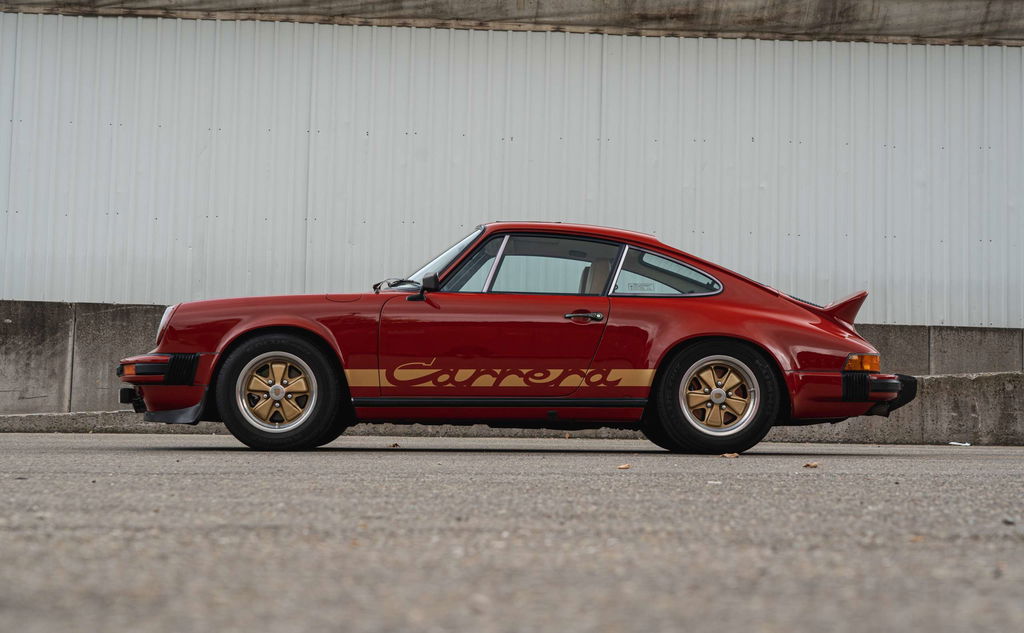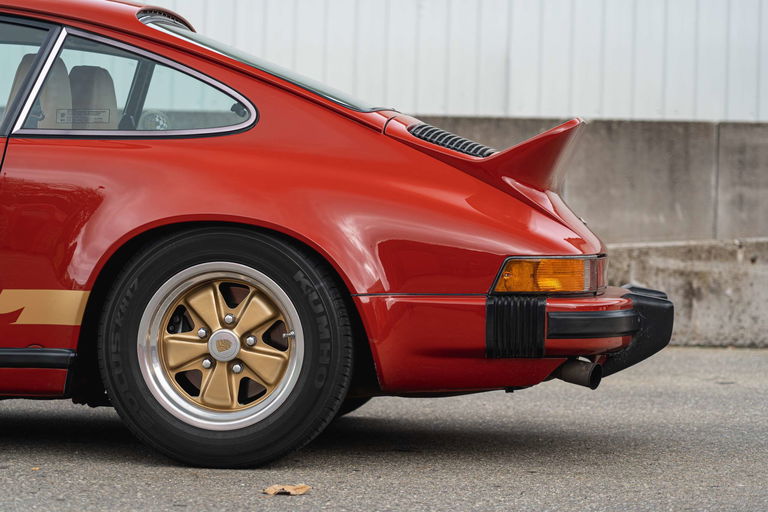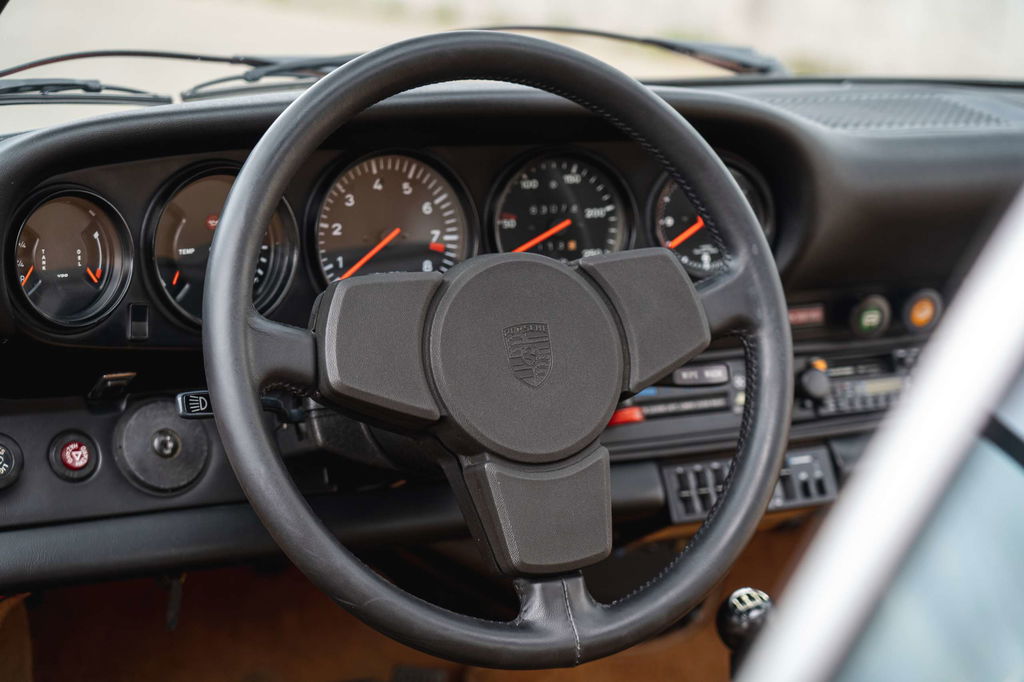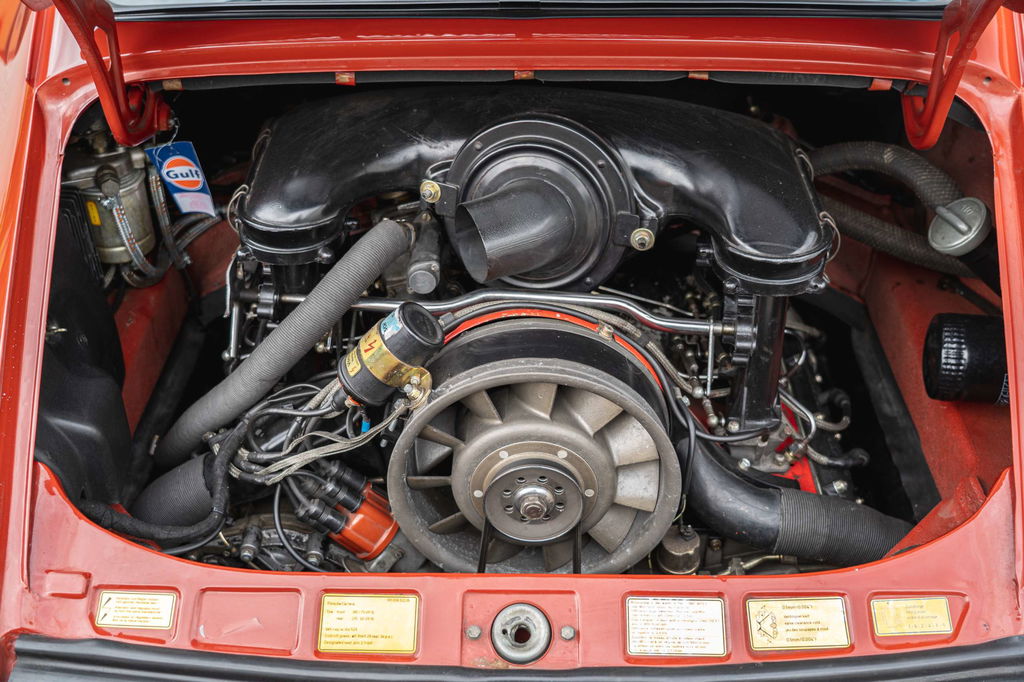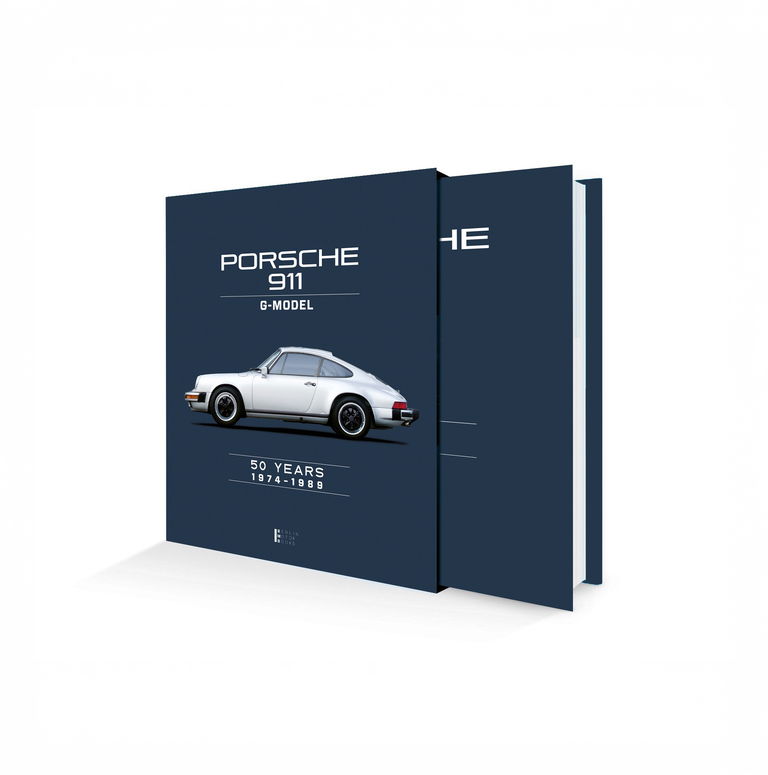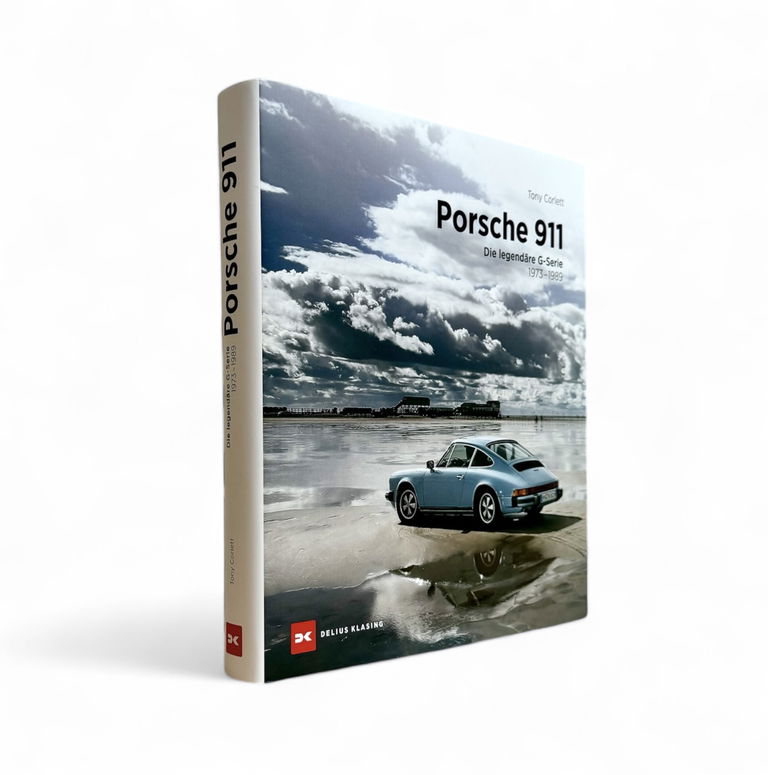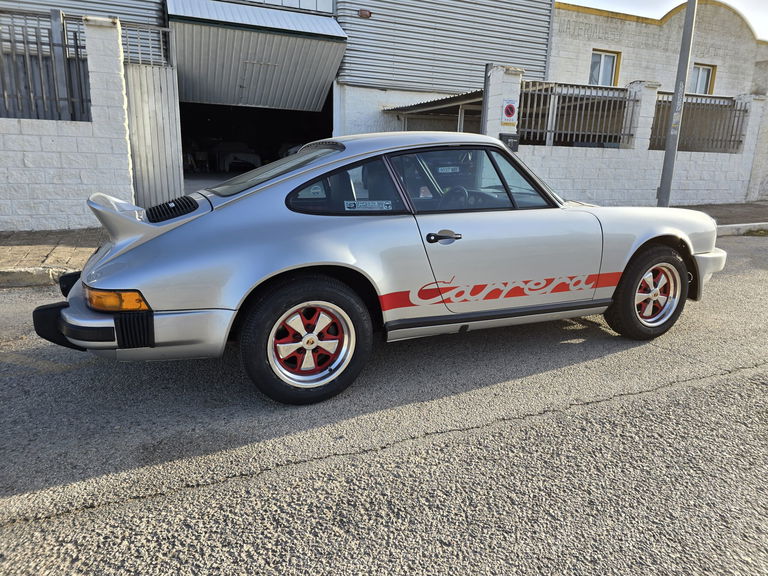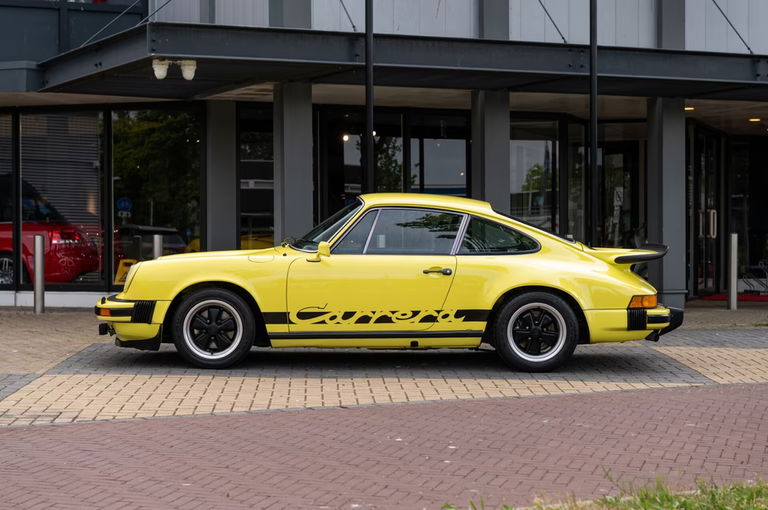Following the success of the legendary 1973 Carrera RS 2.7, Porsche produced a limited number of 911s on the new G-Series platform, using similar engineering with Bosch mechanical injection that had done so well in the competition. Ducktail standard equipment. With the introduction of the G series, Porsche got rid of the model designations T, E and S, and the Carrera now replaced the S as the top model in the series. Along with the potent 2.7, the Carrera model received flared fenders to accommodate wider Fuchs wheels and tires, no chrome from the factory, and Carrera lettering stretching between the front and rear wheel arches – those are just the features , who in this case are significantly involved in the affectionate naming of its previous owner:
Anyone who stumbled upon the name "Hermes" when reading this advertisement and immediately thought of the white-blue parcel service can now be catapulted back a few centuries to ancient Greece. In Greek mythology, Hermes is the protective god of traffic and travelers – that was implied by the golden chariot wheels and the golden decorations on the god’s chariot back then, just like the golden applications that were only available here in 1974.
Equipped with a 1977 2.7 engine, carefully tuned with an MFI and impressive power delivery with 210 registered HP and with its close connection to the venerable Carrera RS 2.7, "Hermes" offers one of the best driving experiences one can have behind the wheel of a 911 , and one that commemorates Porsche's close connection to its motorsport history. The US Carreras are real collector's items and are becoming increasingly rare to find! And this is one of 528 Carrera Coupes built for the US market in 1974.
Optional extras include: power windows, sunroof and a typical 1970s radio amplifier mounted in place of the ashtray. Clever solution!
Sales on behalf of customers.
Continue reading


